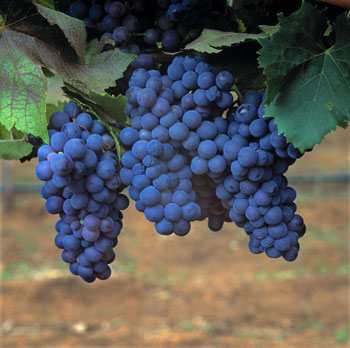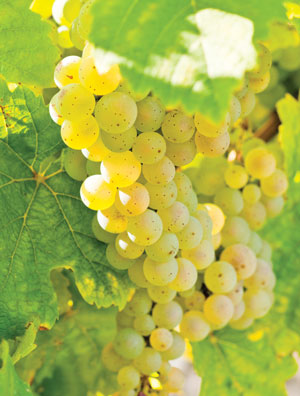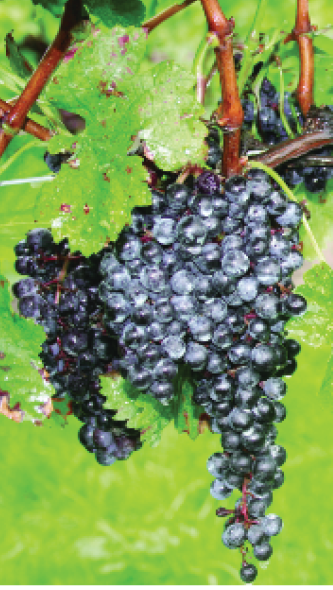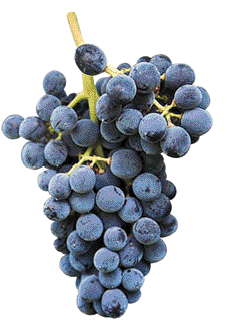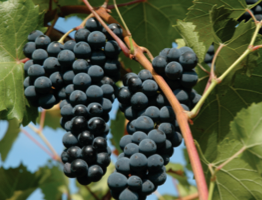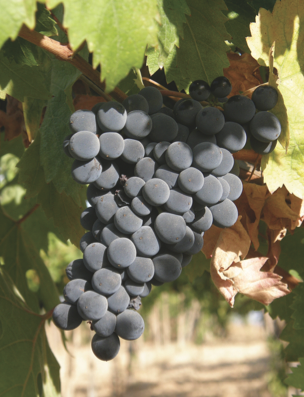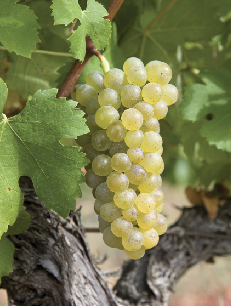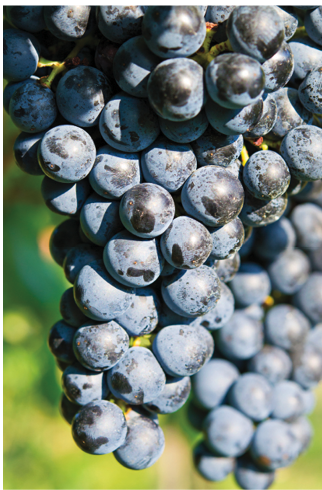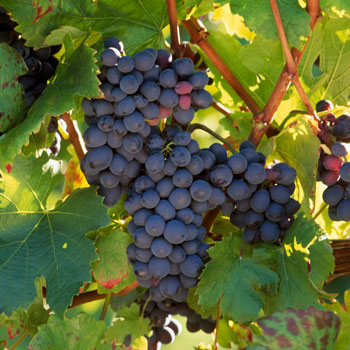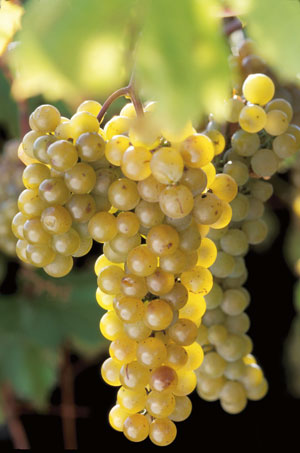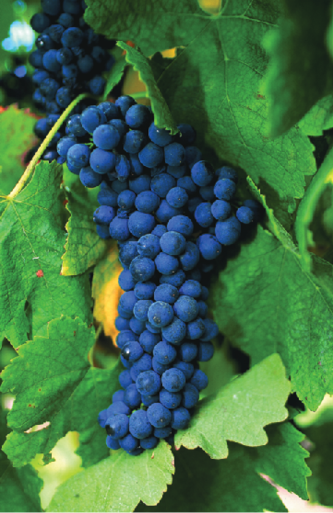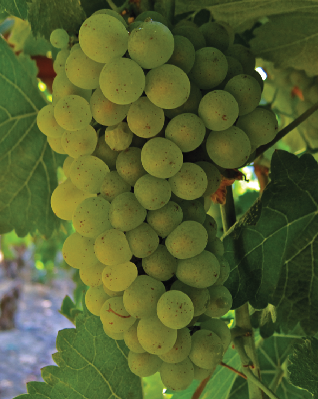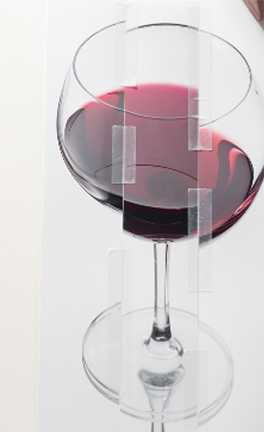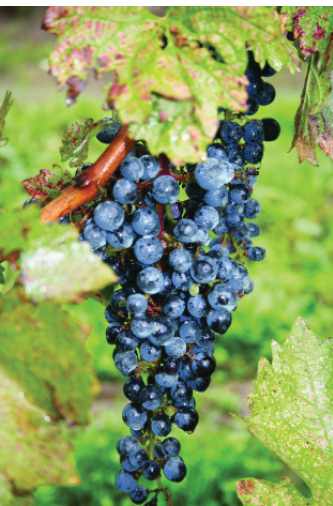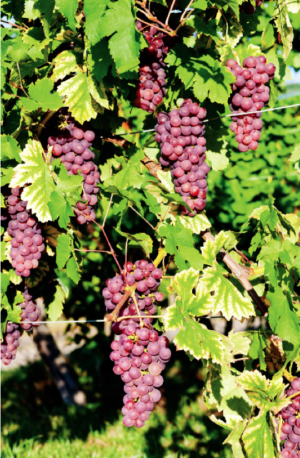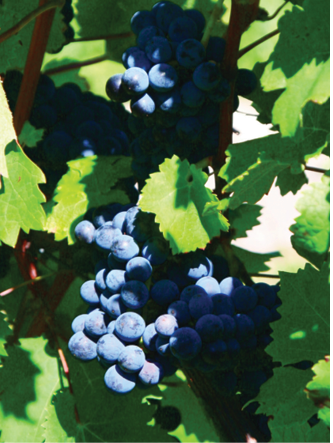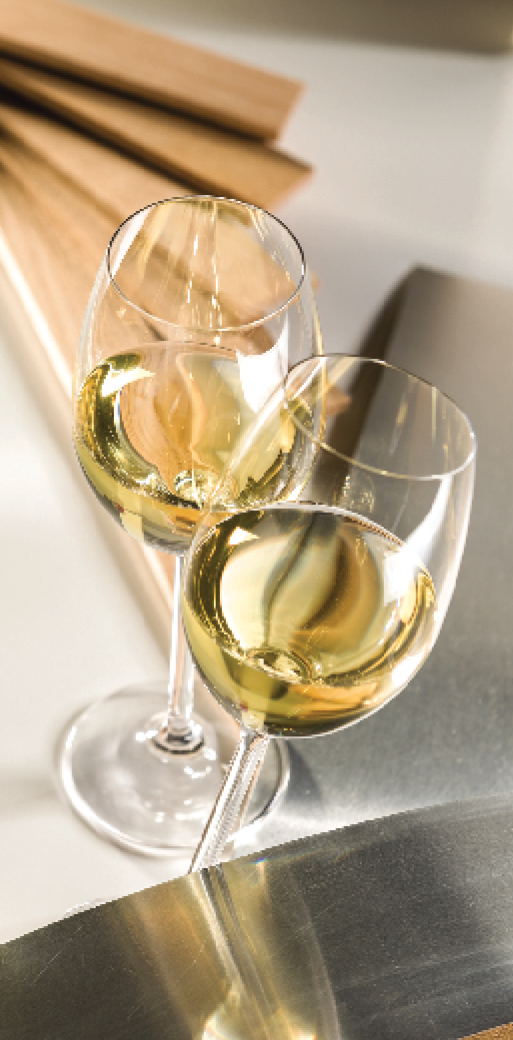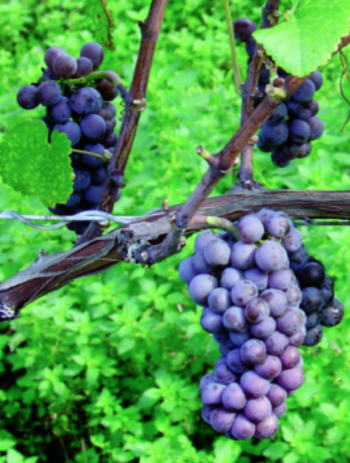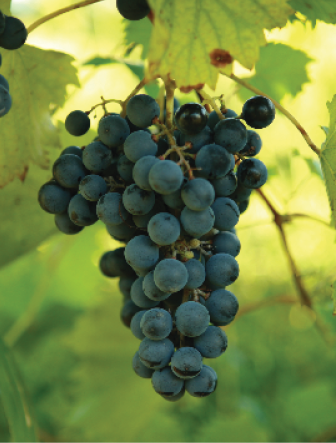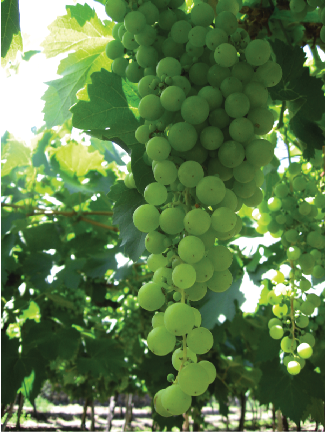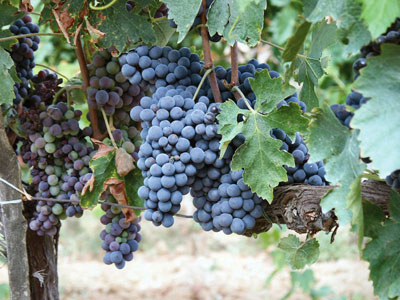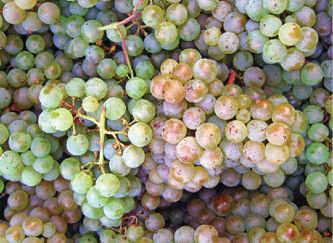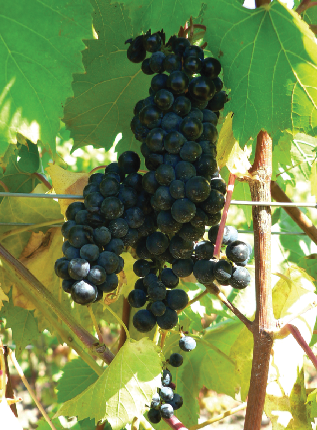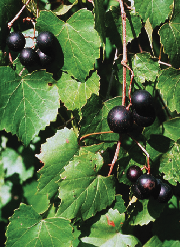Writer: Chik Brenneman
Grenache: An international blender
In the vineyard, Grenache is extremely vigorous and needs a long growing season to mature all of its fruit.
Riesling: German nobility
To this day, I consider that Riesling vintage one of the best wines I ever made, and I wish I could find a bottle or two in my cellar to taste what I had predicted to be a very graceful aging wine.
Merlot: Noble grape of Bordeaux
. . . Merlot is the most common grape variety grown in France with about 280,000 acres.
Nero d’Avola: The red grape of Sicily
. . . Sicily’s legacy of red wine is all about Nero d’Avola, second only to Catarratto Bianco. There are almost 18,000 hectares (about 46,000 acres) of Nero in Sicily.
Marquette: A hardy cold-climate hybrid
If you are looking for a cold-tolerant red grape, Marquette might be the varietal for you. Bred in Minnesota, this hybrid can withstand temperatures as low as -30 °F (-34 °C).
Montepulciano
To understand Montepulciano the grape, you also have to understand the difference with Montepulciano the place. Chik Brenneman takes you on a tour of eastern Tuscany, Italy in this issue.
Versatile Viognier
It was not long ago that Viognier was almost an extinct grape varietal. Luckily for wine fans, both grape growers and winemakers have learned some tricks to unlock this grape’s true potential.
High Acids, Low Tannins: Barbera
Barbera is a favorite among winemakers because its high acidity makes it a useful grape for blending and also a unique varietal wine. Get tips to make your own Barbera wines at home.
Pinotage: The Red Grape of South Africa
Pinotage is the most recognized — though not the most widely grown — South African red wine grape.
La Crescent: Cold-Climate Hybrid
Looking for a cold-hardy white to grow in a colder northern clime? Meet the University of Minnesota’s La Crescent.
Syrah: Versatile, bold and colorful
Australia recognizes Syrah as Shiraz. It is presumed that the name stuck as the cuttings that were brought to the country in the 1830s by James Busby were identified with the names Ciras and Scryas, making it difficult to research the origins of the name, given the Iranian connection . . .
Chenin Blanc: The taste of terroir
Viticulturists in the Loire Valley tend to describe its flavor as an expression of the terroir of the land.
Wine Blending Partners
Blending accomplishes several goals in winemaking. It can be done to improve flavor, mouthfeel, cover a defect, balance the chemical profile, adjust the alcohol content, emulate a commercial wine you enjoy or simply for product consistency. Blending is both a science and an art.
Cabernet Sauvignon: The king of red wine grapes
Cabernet Sauvignon is known for making some of the world’s most robust red wines.
Gewürztraminer
Alsace vineyards are tucked into the predominantly east facing slopes of the Vosges Mountains . . .
Cabernet Franc: The “other” Cabernet king
Cabernet Franc is thought to have originated in Southwest France, specifically in Libournais.
Wines Two Ways: Oaked and Unoaked
To Oak, or not to Oak, a phrase I took from Shakespeare’s play Hamlet and changed the words around a little. But going a step further and delving into the tools that
Pinot Gris/Grigio The name says it all, or does it?
Unknown to the science at the time, these genetic mutations were first noticed hundreds of years ago in Burgundy, France, where the mutants grew side by side, and sometimes within the same plant as Pinot Noir.
Chambourcin: A vigorous, dark hybrid
. . . (Chambourcin) does get a little more respect than other hybrids because of its ability to improve color in other wines without taking away from the other grapes’ varietal character . . .
Torrontés: An alternative to the common whites
I was particularly drawn to Torrontés because of the Muscat-like flavors, but another reason was because of the challenge it presents from a winemaking perspective . . .
Sangiovese: The king of Tuscany
Grapes in Tuscany are a way of life, and Sangiovese, the red workhorse of Tuscany through the millennia, is as noble as they get — well, depending who you talk to.
Pinot Blanc: A grape with an identity crisis
Pinot Blanc — one of the offspring of Pinot Noir — is waiting for its 15 minutes of fame to come around.
Marechal Foch
Marechal Foch is a cold-climate red grape that has dispersed plantings in the Midwest, Northeast, and Canada.
Muscadine: A taste of the South
Muscadine is a grape variety from the South that is used in many culinary recipes, but also makes a fine wine.
Petit Verdot: The forgotten Bordeaux blend grape
Petit Verdot is one of the “big five” grapes that make up a Bordeaux blend. Learn more about this red blender.
